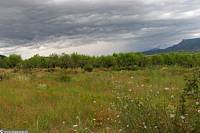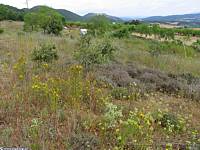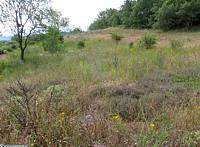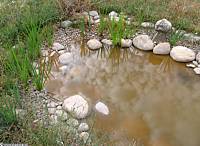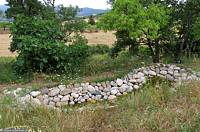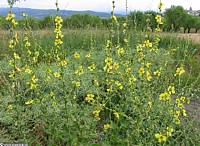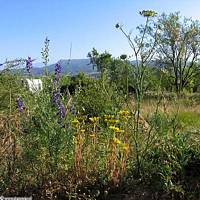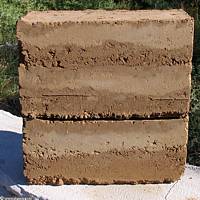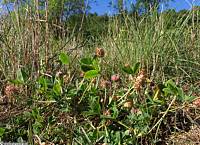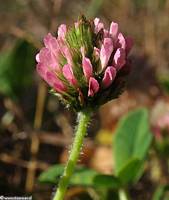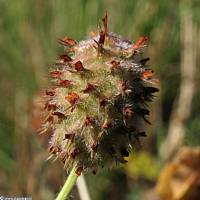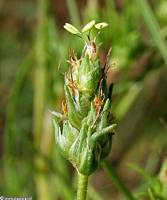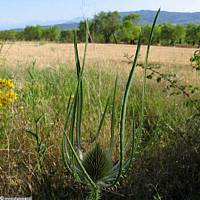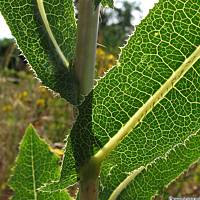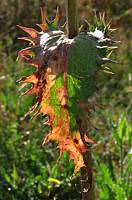|
|
Nature
Switched On
|
|
|
introduction |
2008 July 5 -15
How different is the aspect of the terrain compared with the
situation one year ago.
The vegetation is not only much greener bu
|
|
|
Central higher terrace. |
Central higher terrace. Looking
north-west. 12 July 10:19 |
|
|
|
||
|
Higher pond with Iris
pseudacorus. 12 July 10:08 |
||
|
Lower pond. |
||
|
Reflexed Stonecrop (Sedum reflexum) here
in the middle on the image on the right, was planted last spring and flowers abundantly on
several sites. |
||
|
Verbascum sinuatum with Eryngium
campestre on
the background. |
||
|
Blue Delphinium
halteratum, yellow Sedum reflexum and white
Daucus carota. Central terrace, looking north. 15 July 8:40 |
||
|
|
||
|
Two samples of rammed earth with
layers of different soil. 14 July 9:52 |
||
|
Quite a surprise was the detection of Trifolium fragiferum on the lowest western terrace that was recently mown . There are about four tufts growing among some tussocks of Dactylis glomerata. The leaves are very similar to White clover (Trifolium repens) but the flowers and especially the fruit are very characteristic. It is surprising because this plant prefers wet soils that may even be flooded sometimes. It could be a case of a subspecies adapted to drier soil conditions.
At a distance of only one metre I detected one specimen of another new species: Shrubby plantain (Plantago sempervirens). As the name indicates it is a small shrub with lignified stems. In contrast with the anterior species, this one is typically Mediterranean and prefers dry soils.
|
||
|
Trifolium fragiferum on the lower
western terrace. |
||
|
Inflorescence of Trifolium fragiferum. |
Fruit of Trifolium
fragiferum. 14 July 9:45 |
|
|
Inflorescence of Plantago
sempervirens 14 July 9:49 |
||
|
The Common teasel (Dipsacus
fullonum) is growing frequently in the region but this is the
first time on the terrain. Perhaps the result of my sowing last
year.
|
||
|
Dipsacus fullonum on the lower,
central terrace. |
||
|
Close-up of Prickly Lettuce (Lactuca
serriola). 6 July 8:47 |
||
|
Leave of Common |
||
|
I have finished the distribution
maps of all existing species on the terrain. Quite a job that won't
probably repeated every year but an interval o |
||
| Example of a distribution map for Purple-stem catstail (Phleum phleoides) | ||
|
introduction
|
|
